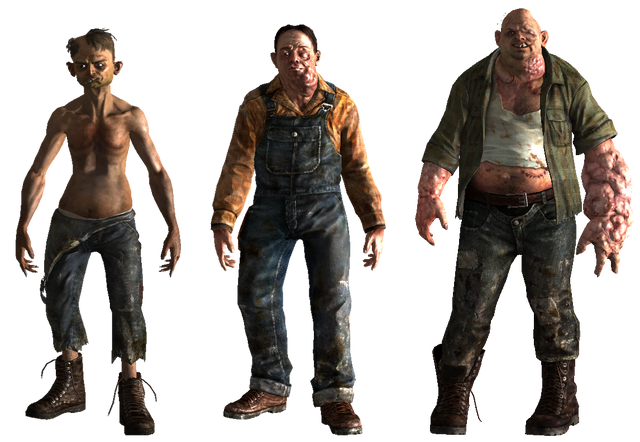So there I was just thinking random thoughts, this was the result.
1 A "space needle" observation tower
2 A beacon tower
3 A bell tower
4 A
Bergfried
5 A brobdingnagian metal golem
6 A cenotaph
7 A
Chinese wengcheng (archery tower)
8 A circular lighthouse
9 A circular tower with conical roof
10 A circular tower with observatory dome
11 A clockwork elephant
12 A clockwork
orrery
13 A colossal
armillary sphere
14 A colossal obelisk
15 A conical tower
16 A
cooling tower
17 A crooked spire
18 A crystal prism
19 A cyclopean Christmas tree
20 A cyclopean never-melting ice tower
21 A ferris wheel
22 A flying citadel
23 A fortified tower house
24 A gargantuan toadstool
25 A giant (stone/metal/adobe) beehive
26 A giant mushroom
27 A giant shoe
28 A giant stone head (roll 1D8 for type: 1 - bearded man, 2 - extraordinary beauty, 3 = smiley face, 4 - ancient crone, 5 - Olmec colossal head, 6 - Moai, 7 - animal head, 8 - monster head)
29 A giant stone
rostral column
30 A giant, 30' diameter totem pole (roll 2D4 to determine number of totems)
31 A gigantic cuckoo clock
32 A gigantic sundial
33 A grand
stupa
34 A grandiose stone arch
35 A herculean stone hand (roll 1D4 for type: 1 - open hand, 2 - closed fist, 3 - clawed hand, 4 - taloned hand)
36 A
Himalayan Tower
37 A humongous pinecone
38 A
Jacob's Ladder
39 A
Japanese tenshukaku
40 A jumbo-sized stone idol
41 A lava lamp-shaped edifice
42 A leaning tower
43 A lofty
dovecote
44 A mammoth coke bottle (may have a ship inside)
45 A mammoth saguaro cactus
46 A massive conch shell
47 A massive semaphore tower
48 A metal (roll 1D8 for type: 1 - brass, 2 - bronze, 3 - silver, 4 - gold, 5 - rusted iron, 6 - steel, 7 - admantine, 8 - copper) tower
49 A metal (type as above) siege tower
50 A
minaret
51 A monolithic evergreen tree
52 A monolithic stone
dolmen
53 A monstrous corncob
54 A monstrous ship's mast
55 A monumental hourglass
56 A monumental skull (roll 1D4 for type: 1 - human, 2 - dragon, 3 - steer, 4 - demonic)
57 A monumental stone pineapple
58 A mountainous stone dragon
59 A multi-level treehouse
60 A
pagoda
61 A
Palas
62 A
peel tower
63 A phallus-shaped stone tower
64 A
qasaba
65 A ramshackle twisted tower of stone
66 A Rocket Ship
67 A spire
68 A square crenellated tower
69 A square tower with hoardings
70 A stone
broch
71 A stone circle
72 A stone double helix
73 A stone siege tower
74 A stupendous
plasma globe
75 A stupendous spiraling spire
76 A stupendous
Van de Graaf Generator
77 A Tesla Coil
78 A titanic stone whale (roll 1D6 for type: 1 - humpback, 2 - orca, 3 - narhwal, 4 - sperm, 5 - blue, 6 - dolphin)
79 A towering grandfather clock
80 A towering snake-shaped stone tower
81 A tremendous deciduous tree
82 A triple stone tower
83 A turreted (roll 1D8 for number of turrets on the tower) round stone tower
84 A twin tower
85 A watchtower
86 A windmill
87 A wooden house on long stilts
88 A wooden siege tower/belfry
89 A
yagura
90 An aircraft control tower
91 An enormous clocktower
92 An enormous pendulum
93 An Escher tower
94 An humongous clockwork spider
95 An immense
torquetum
96 An imposing jack-o'lantern
97 An imposing steampunk chicken
98 An imposing stone
Jupiter Column
99 An octagonal crenellated tower
100 An
onion-domed tower






